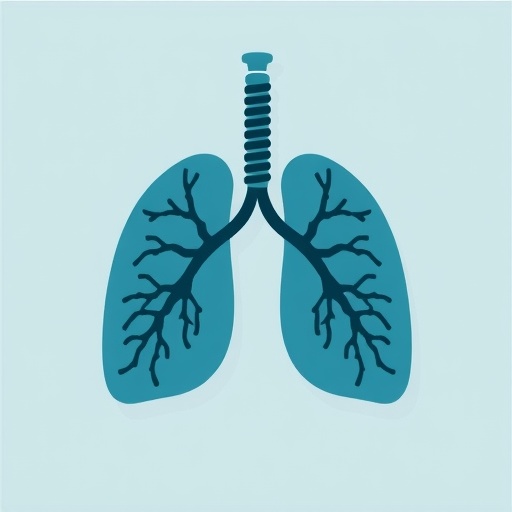It was always thought that olfactory receptors' sole bodily function was to smell, and could only be found inside a nose. But now a new study, published in Frontiers in Physiology, has found two olfactory receptors in human lung tissue.
And when the researchers from Ruhr-University Bochum in Germany activated these receptors, they found that they regulated the way in which the airways smooth muscle cells contracted.
Contraction of smooth muscle changes the size of our airways, suggesting that this research may open new avenues for treating chronic breathing disorders — such as asthma, emphysema and bronchitis — that constrict and obstruct the airways.
No one had previously suspected that olfactory receptors would be present in airways past the nasal cavity. But working with human smooth muscle cells isolated and grown from the healthy parts of airway tissue surrounding excised tumors, Benjamin Kalbe and his colleagues applied a large number of odor molecules and watched two of them activate the muscle cells.
Because it is well established which odors activate which receptors, Kalbe and team were able to probe tissue biopsies look for two specific receptors – OR1D2 and OR2AG1, finding found both of them lying along the bronchi – the tubes that branch off from the trachea into the lungs.
Kalbe and co-workers then determined how activating the receptors with the odor molecules affected the isolated smooth muscle cells. First, they investigated the biochemical pathways triggered. There were no surprises here; what they saw echoed what happens in odor-sensing nasal cells when the receptors are activated, and the two different receptors seemed to act in an identical fashion.
Then, however, they did the key experiments. The primary function of a smooth muscle cell is to contract and relax. Yet, it's difficult to know exactly how this process will be affected by a drug.
"We had no predictions when we looked at contractility;" says Kalbe. "At the beginning of the experiment we did not expect that the olfactory receptors would have completely different effects."
But that's what happened. Activating OR1D2 made the muscle cells contract, whereas activating OR2AG1 with a compound called amyl butyrate did not. Amyl butyrate wasn't, though, simply inactive.
It's well known that histamine makes airway smooth muscle cells contract. But when amyl butyrate was given before histamine, the muscle cells did nothing.
Extrapolating to intact airways, these results suggest OR1D2 activation would constrict the bronchi, whereas stimulating OR2AG1 might help prevent airways from closing in response to pathological triggers.
In addition, OR1D2 activation caused pro-inflammatory chemicals to be released from the muscle cells, whereas OR2AG1 did not.
Kalbe suspects that unravelling why the receptors have different end-results on smooth muscle contraction will be difficult. But he is excited about potential therapeutic applications. He says, "The best way would be to use a substance like amyl butyrate to support therapeutic intervention for patients with common airway diseases. Amyl butyrate […] might be a relaxing substance."
To further explore the therapeutic potential of these receptors, Kalbe says his team are planning to obtain tissue from people with chronic airway diseases to compare them to healthy tissue, to observe if the receptors change in abundance or function in disease states.
Another mystery is what normally triggers the activation of these receptors – whether they usually respond to molecules that arrive in inhaled air or if the body itself makes signaling molecules that regulate smooth muscle via these receptors.
Regardless, sniffing out this unexpected function of an olfactory receptor may inspire exciting new medical developments.
###
Media Contact
Michelle Ponto
[email protected]
@frontiersin
http://www.frontiersin.org




